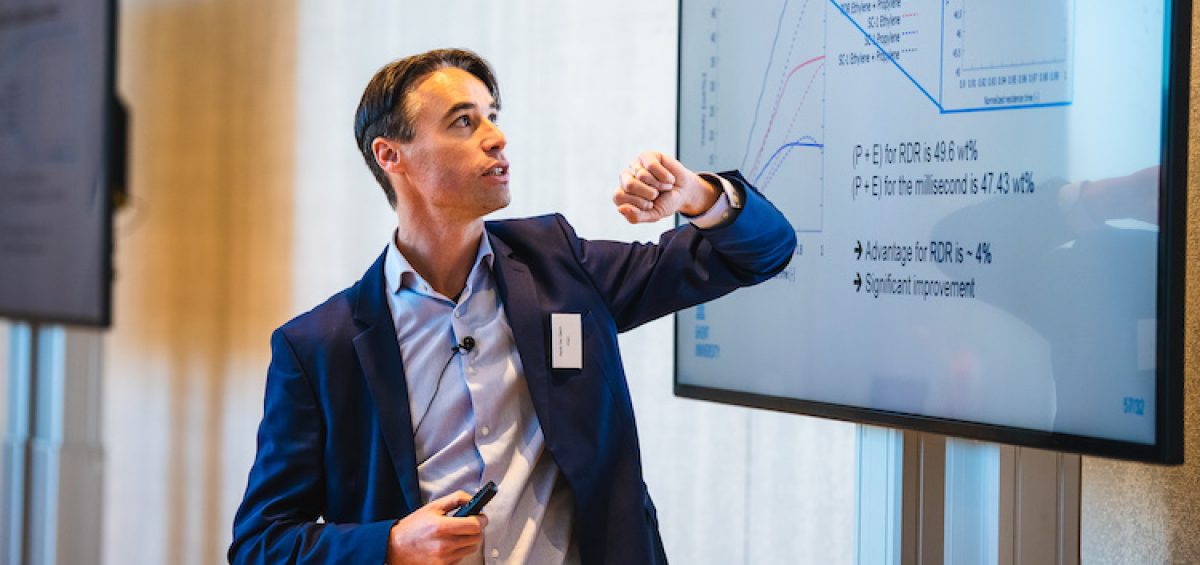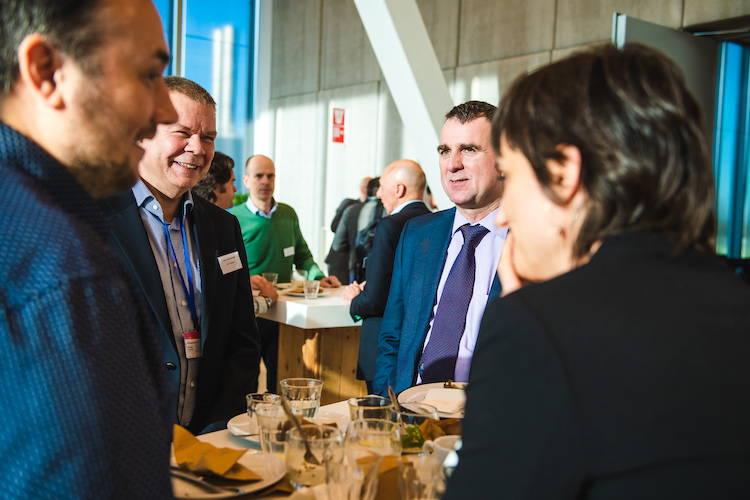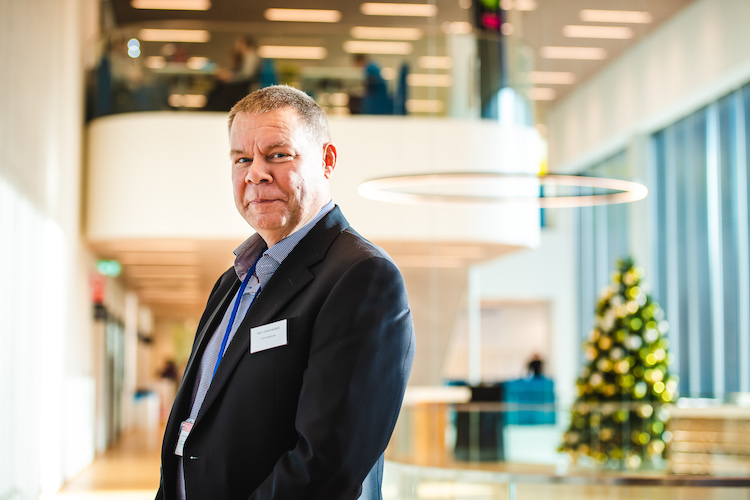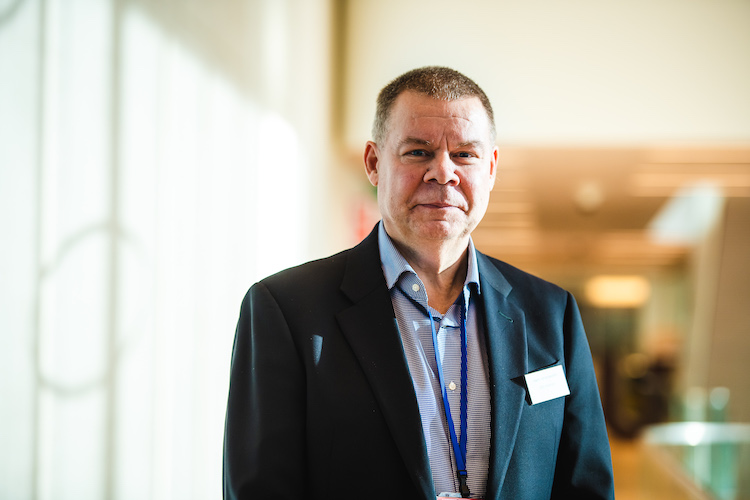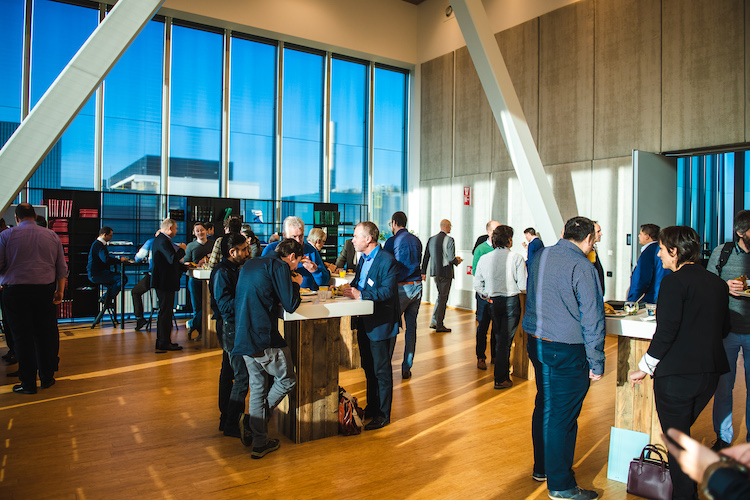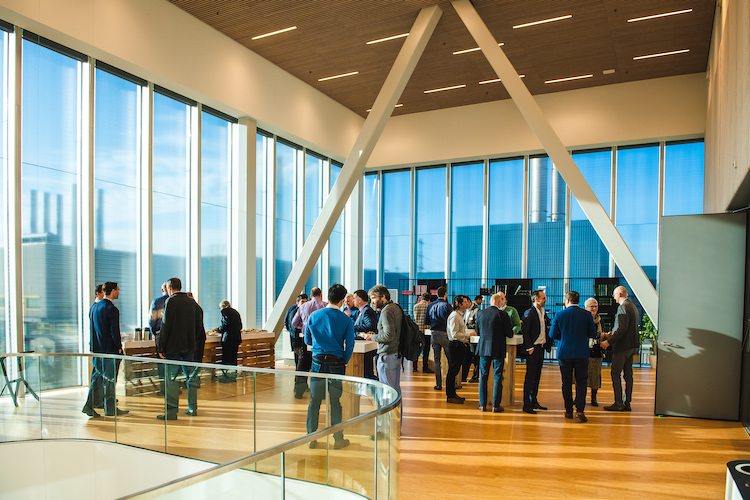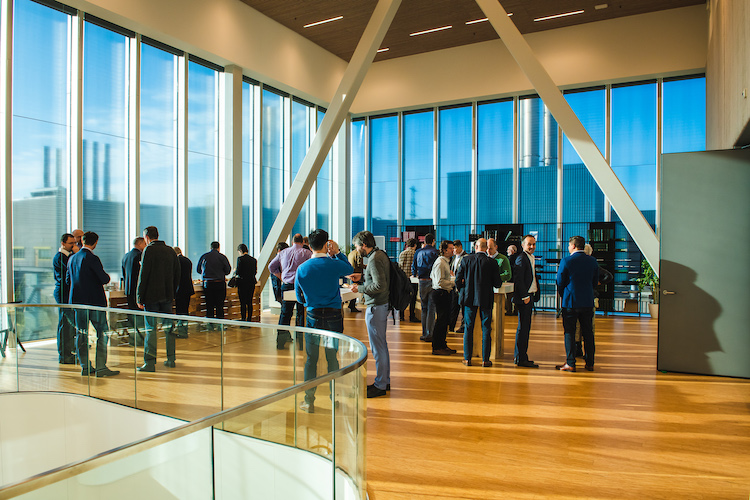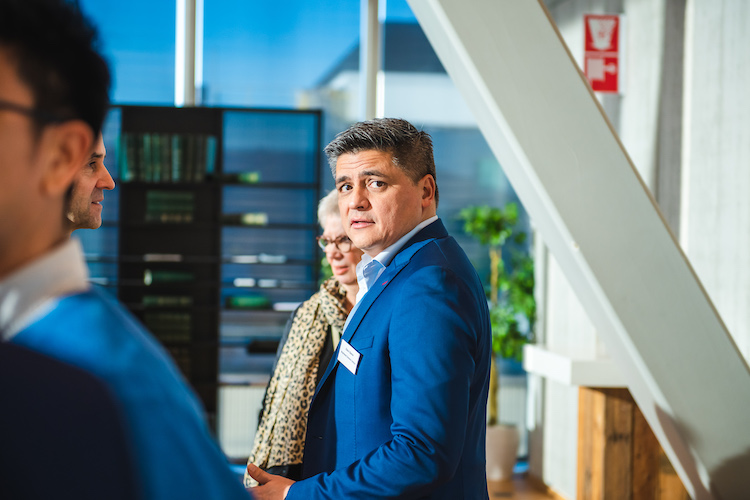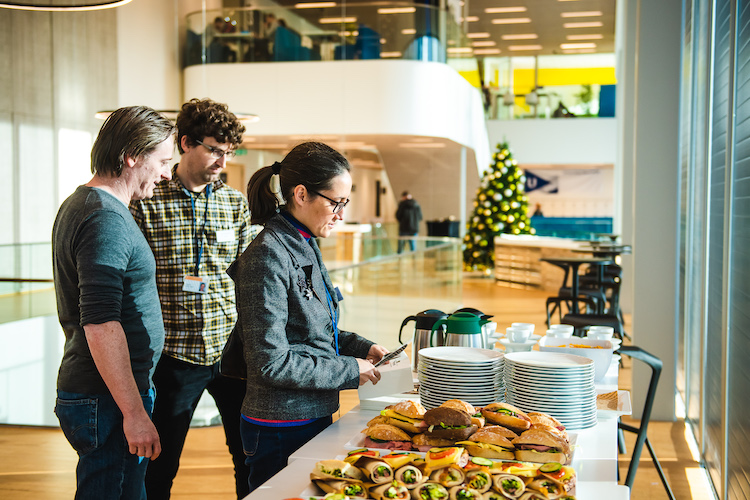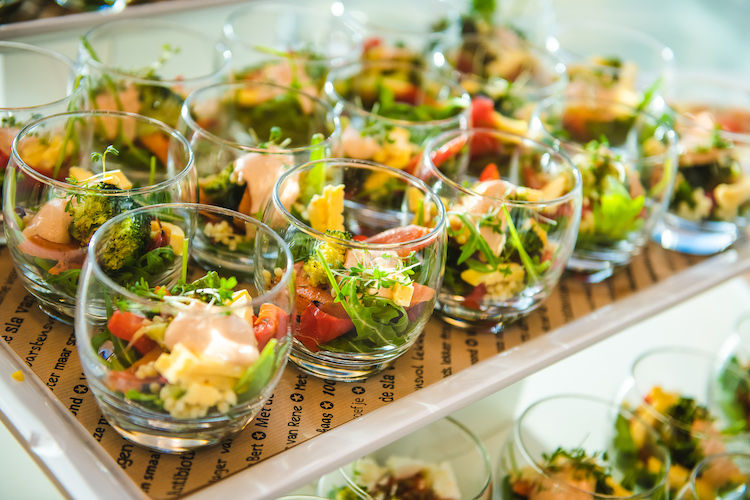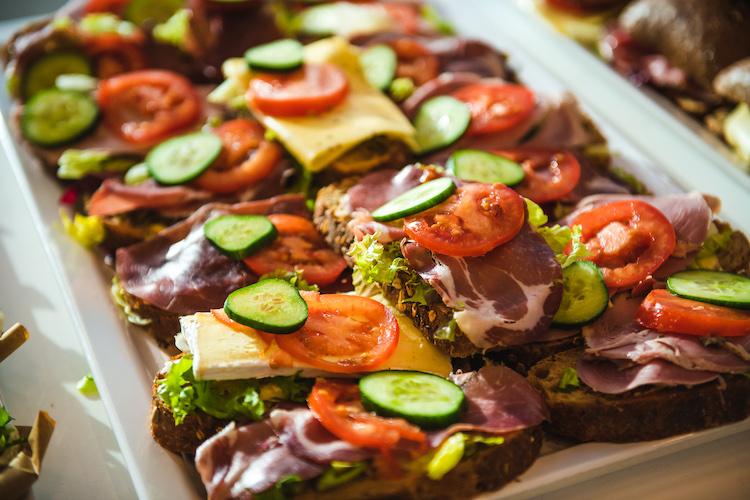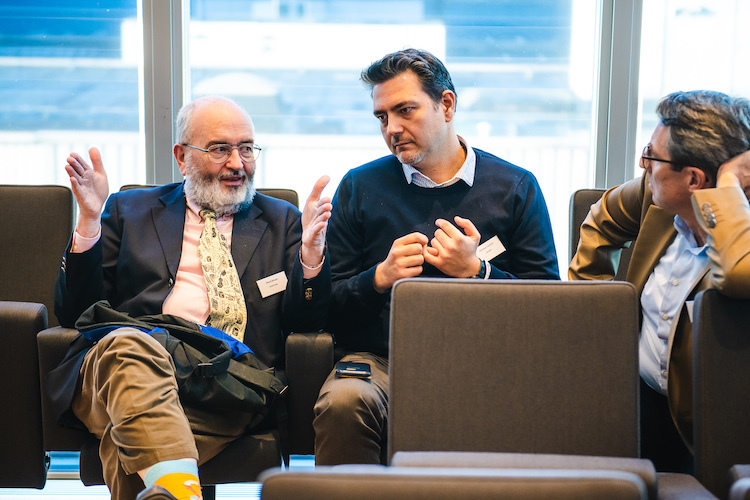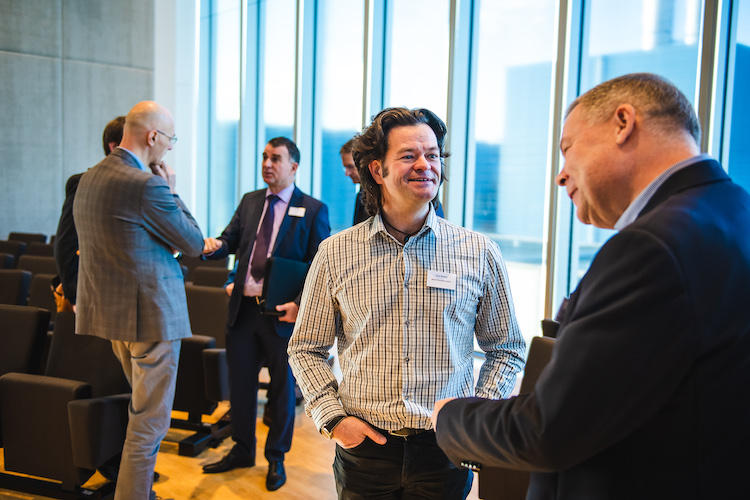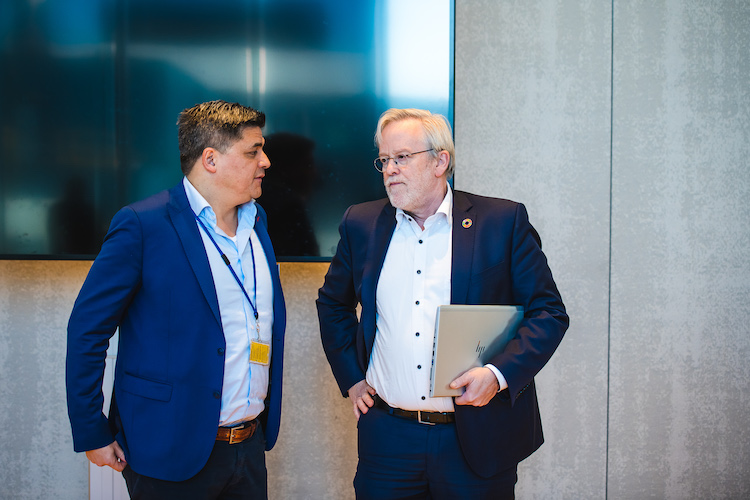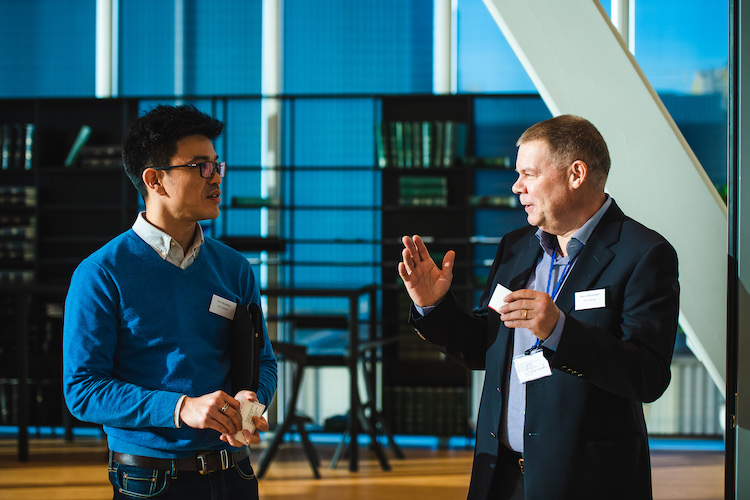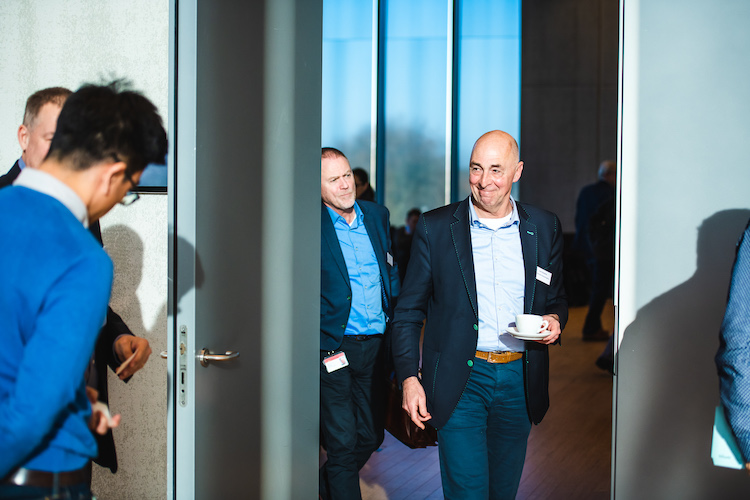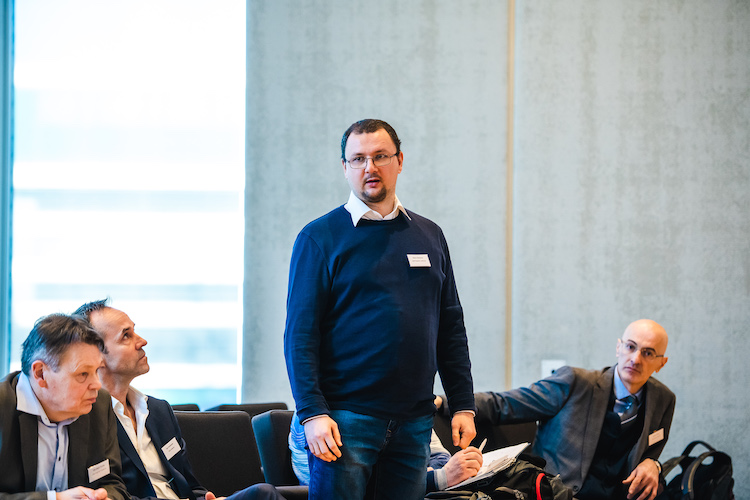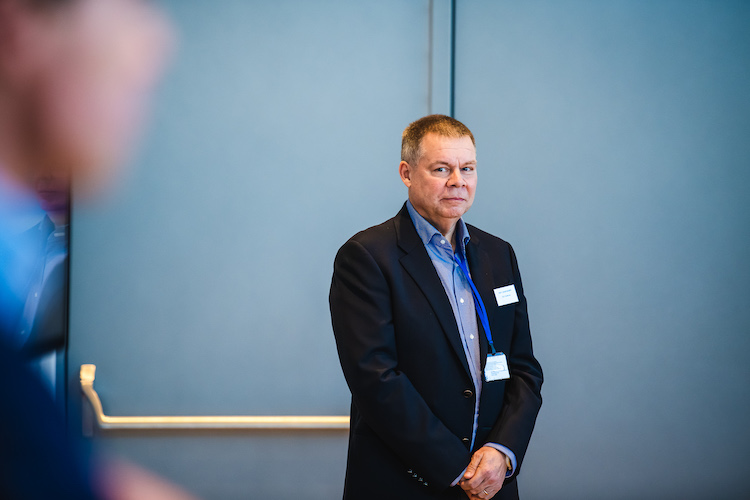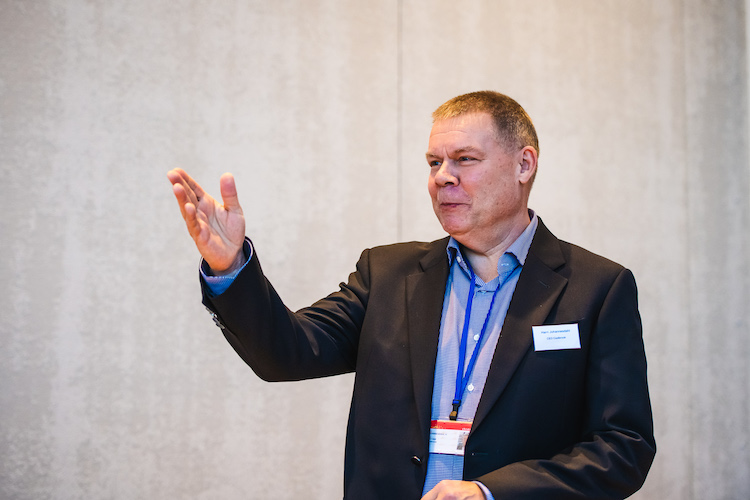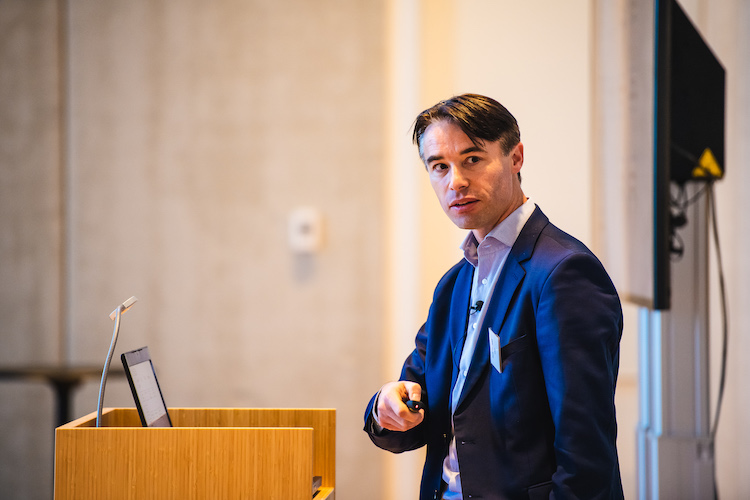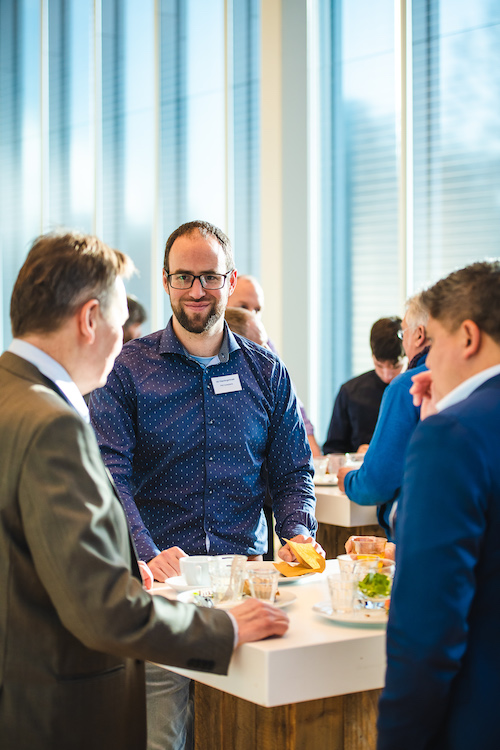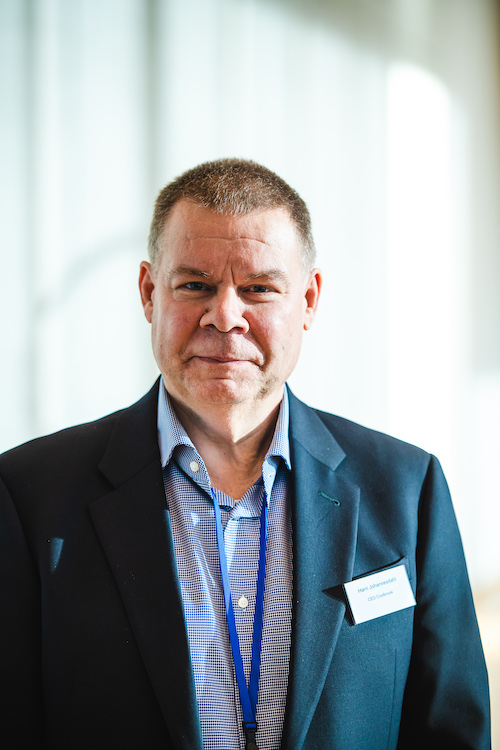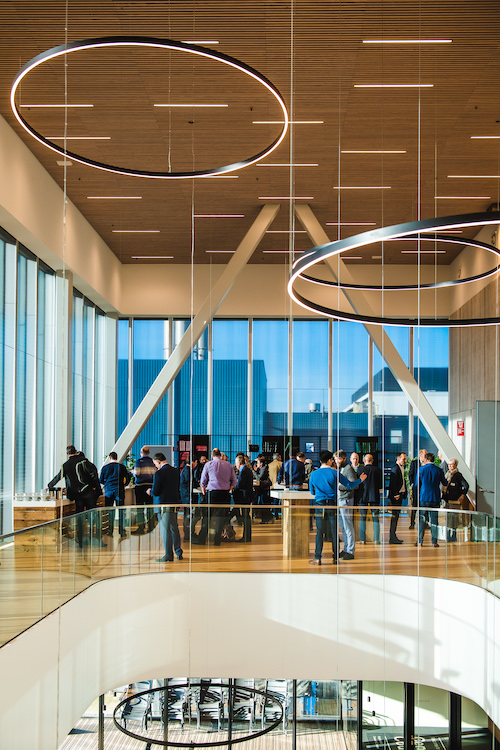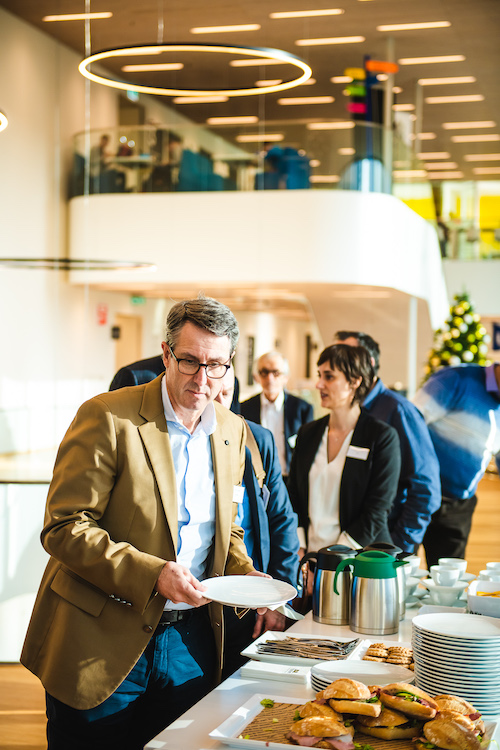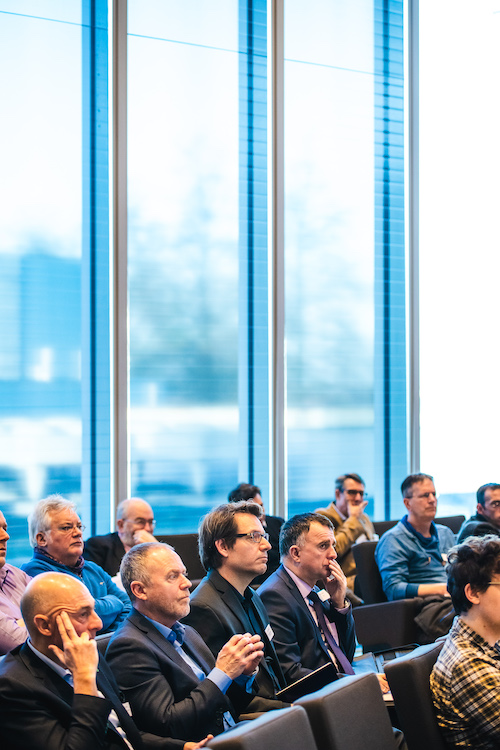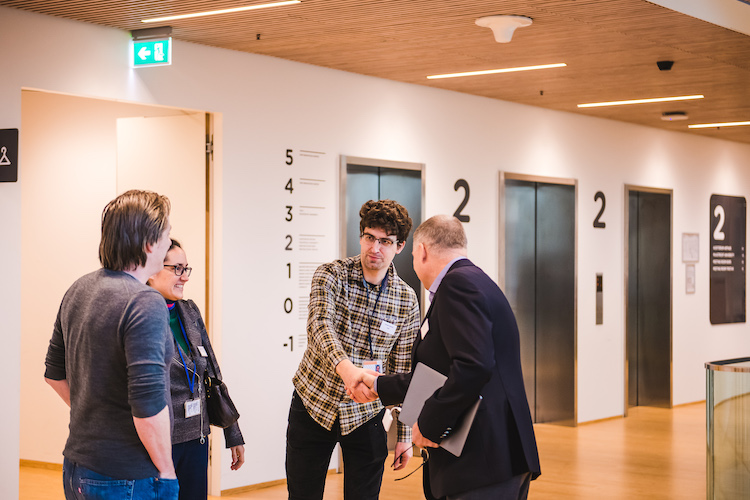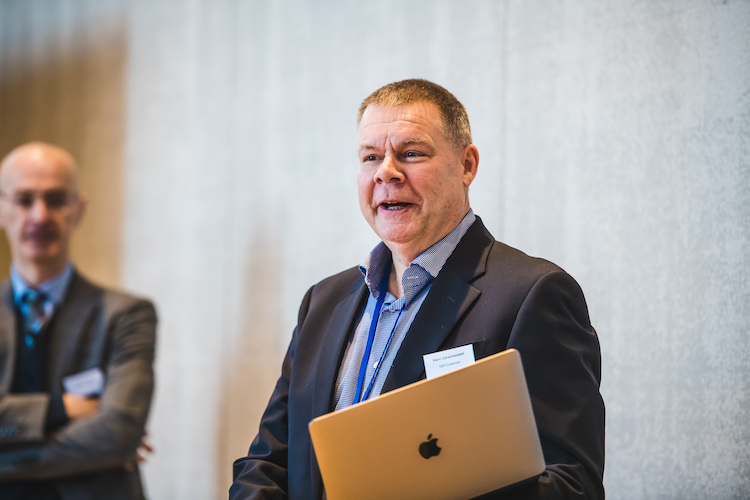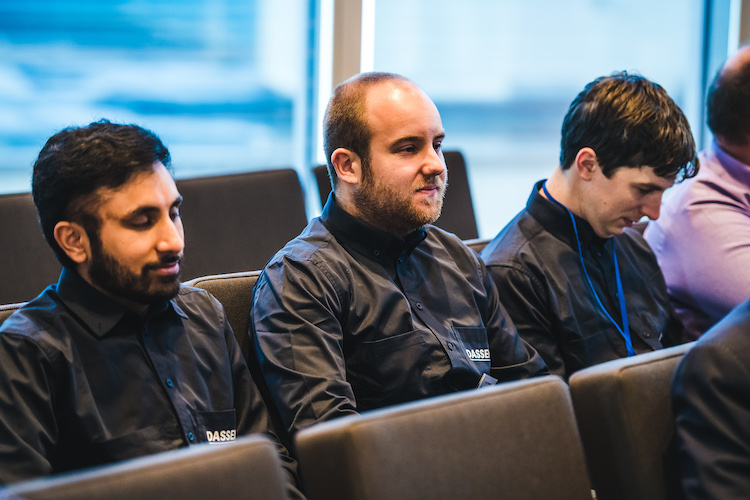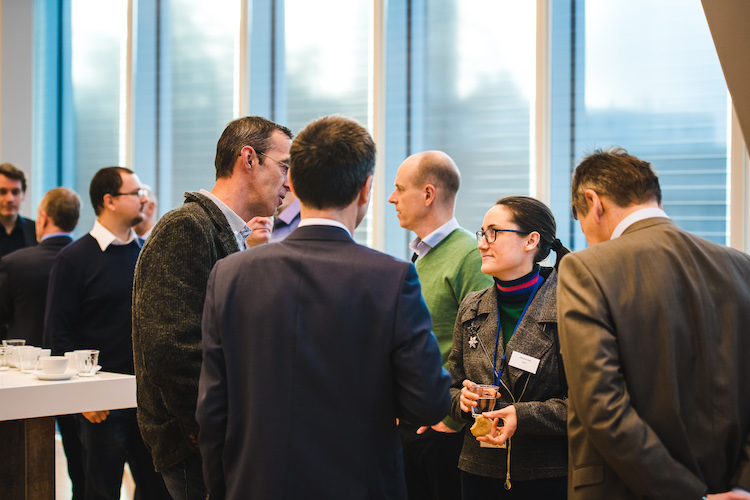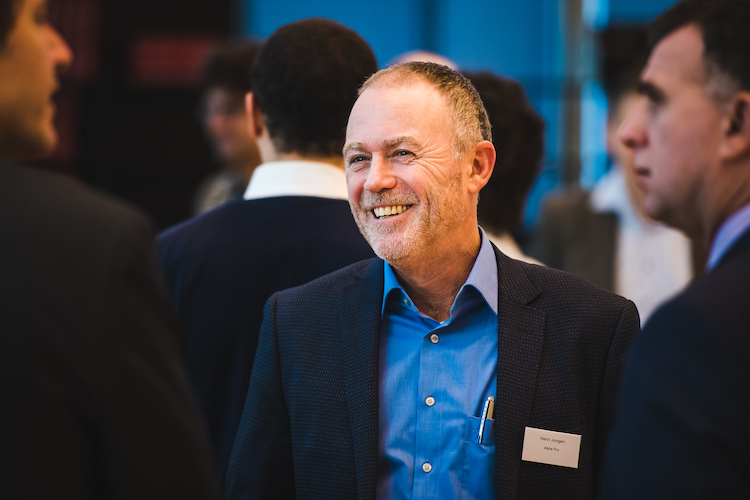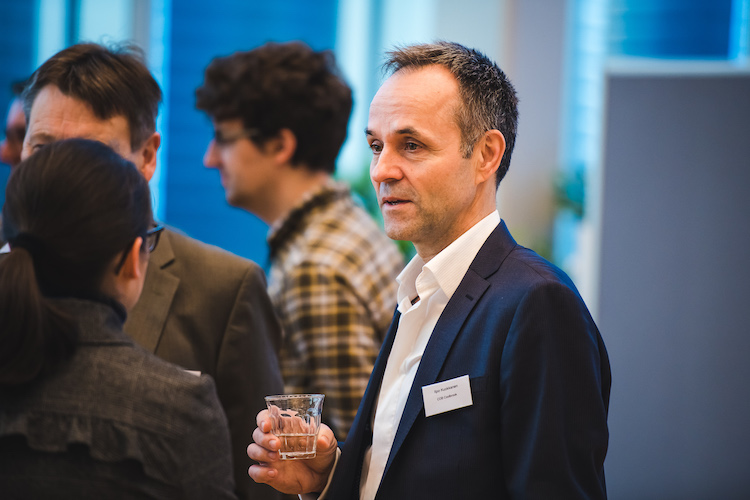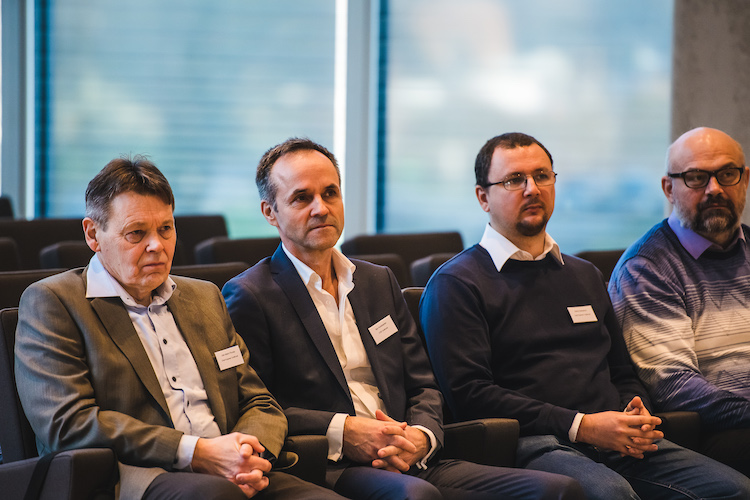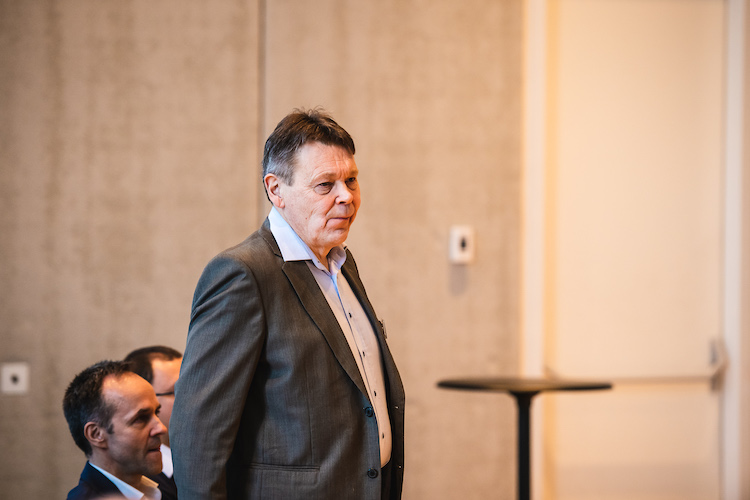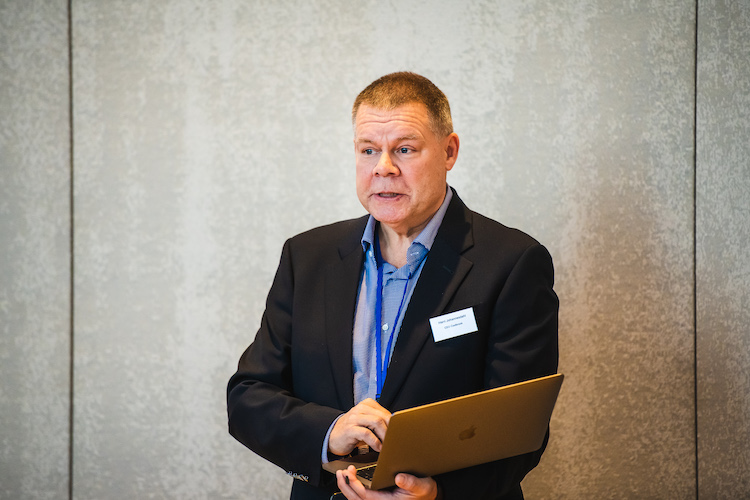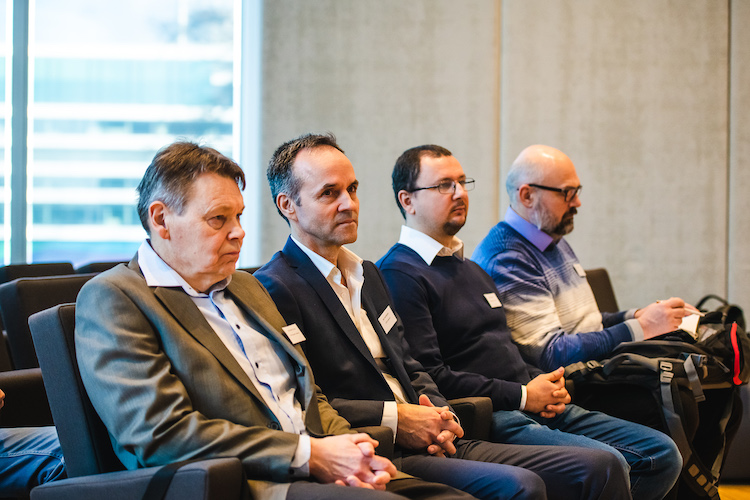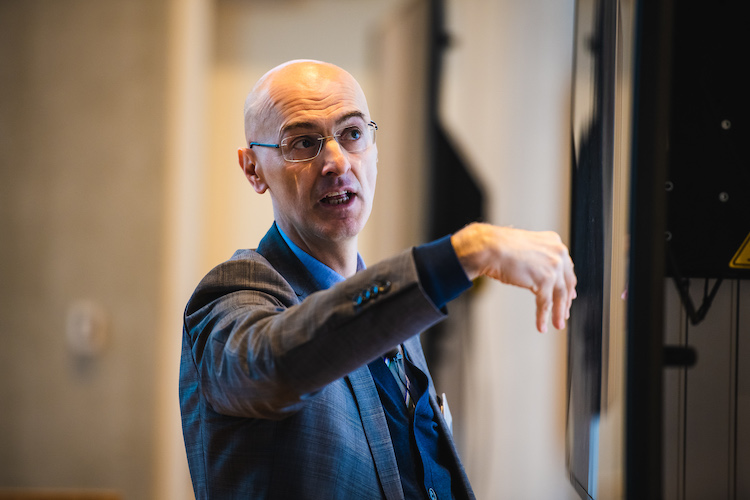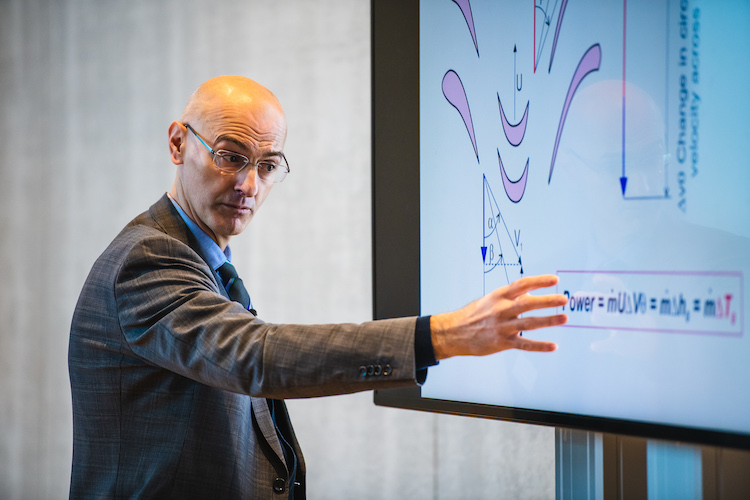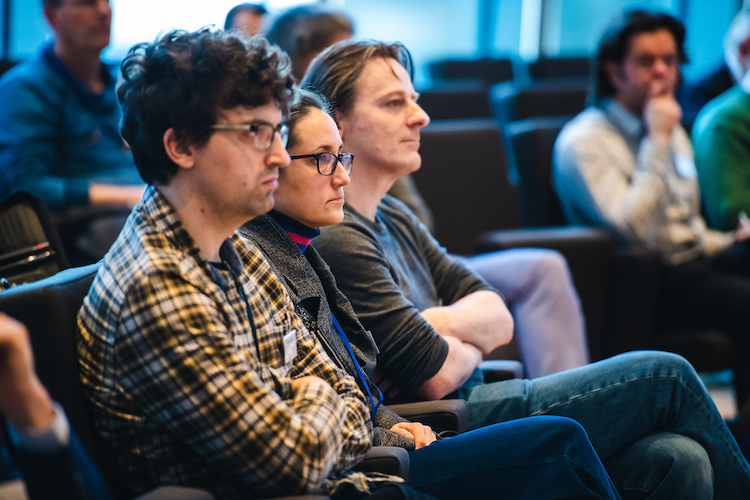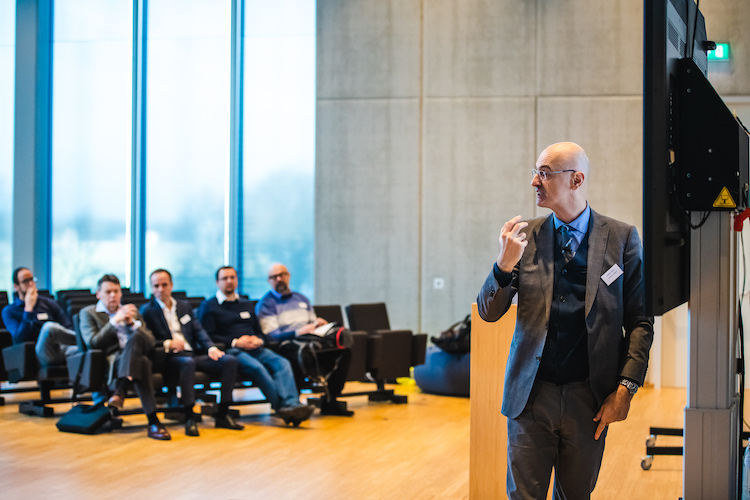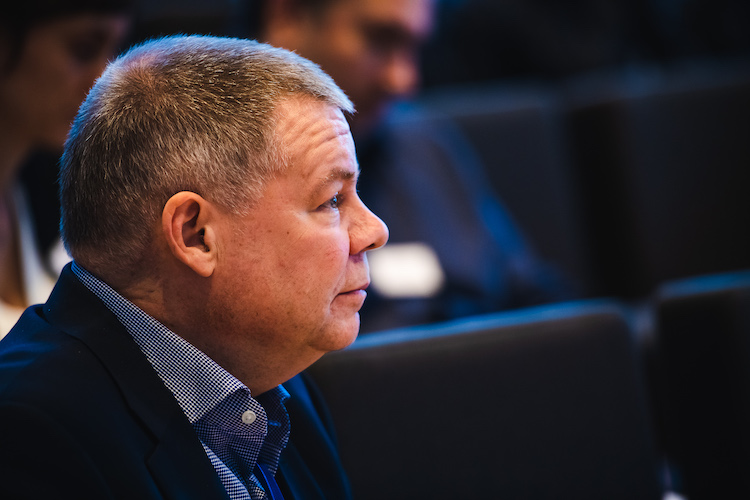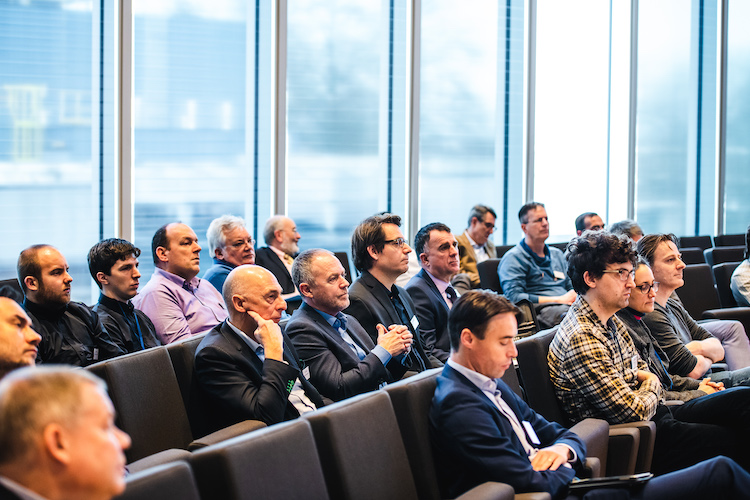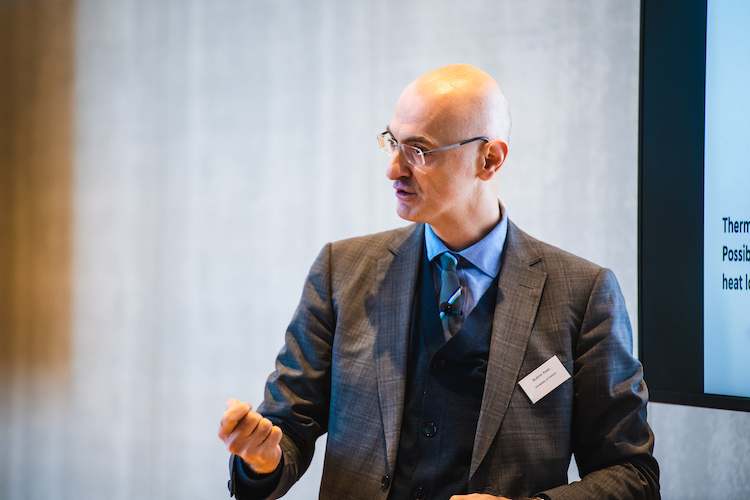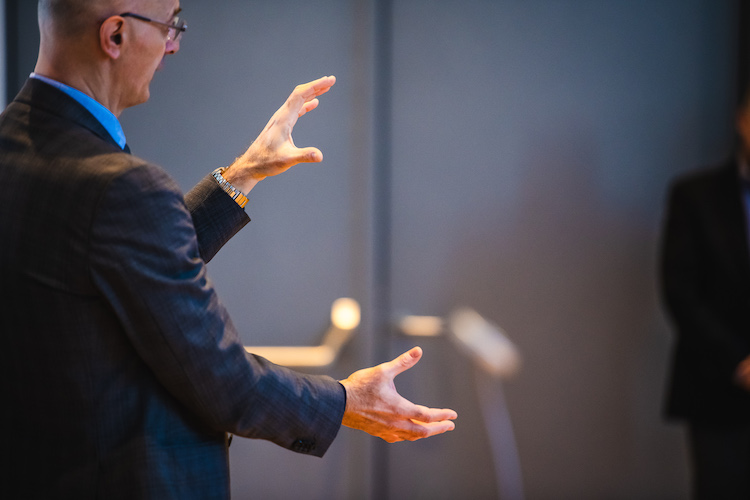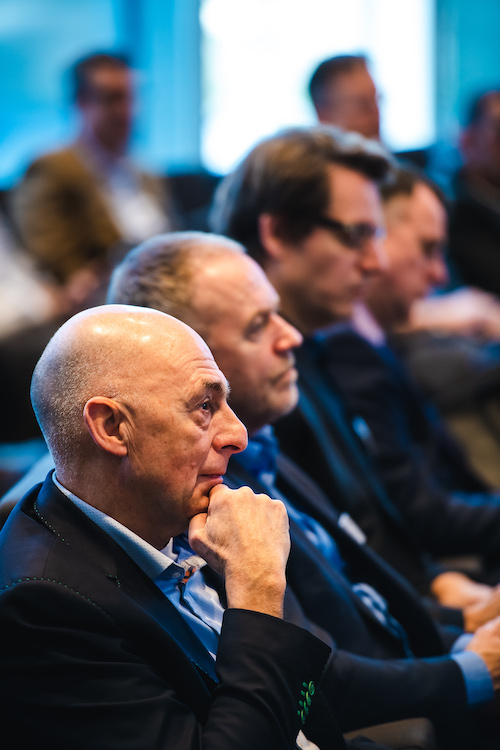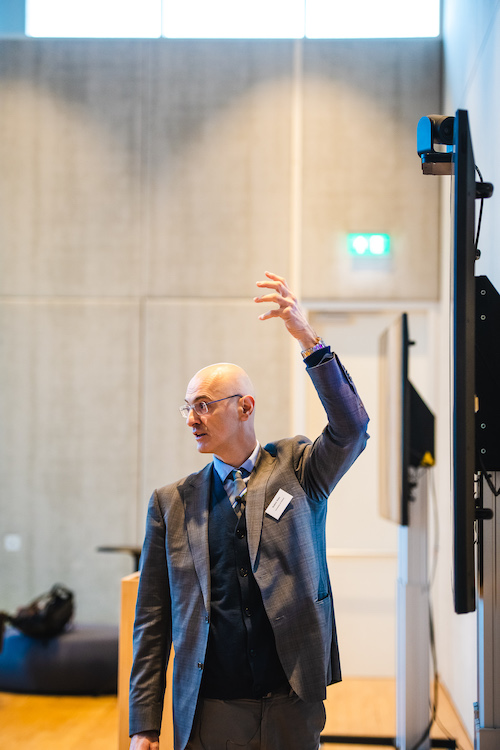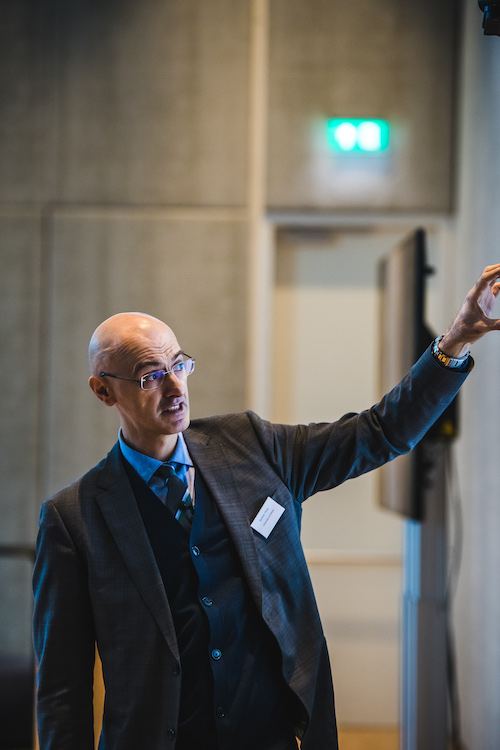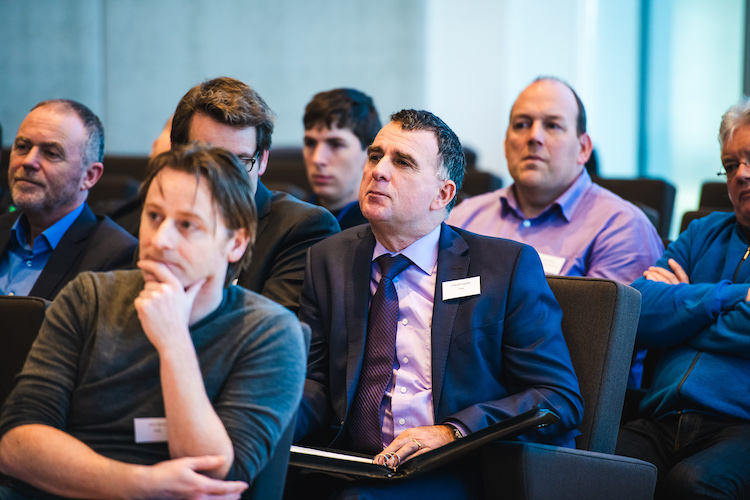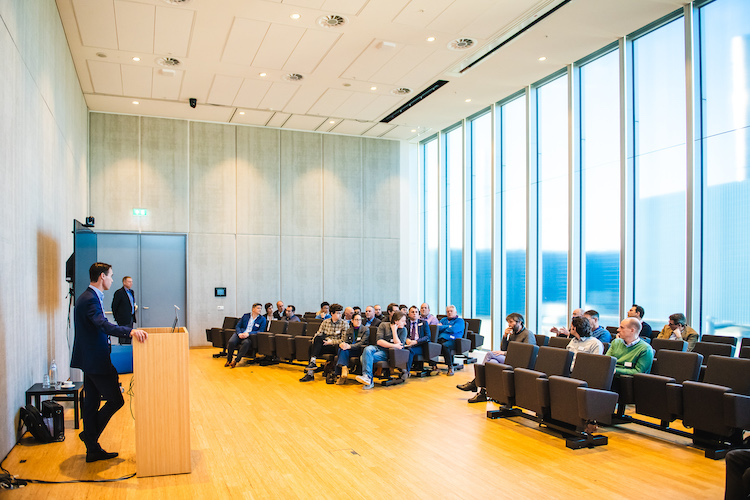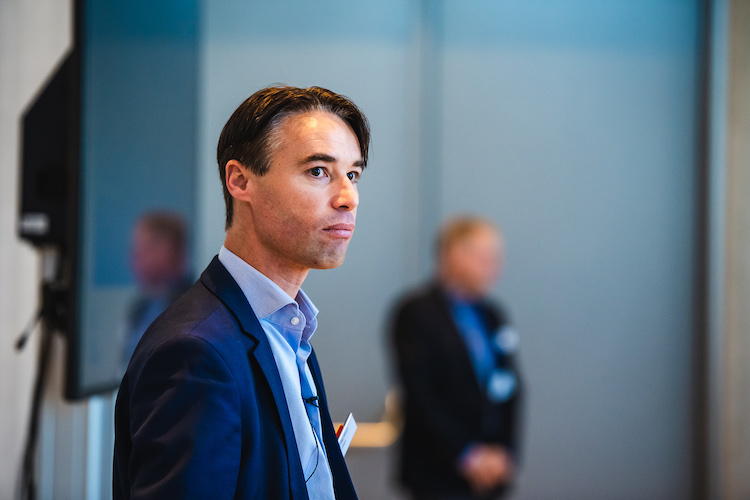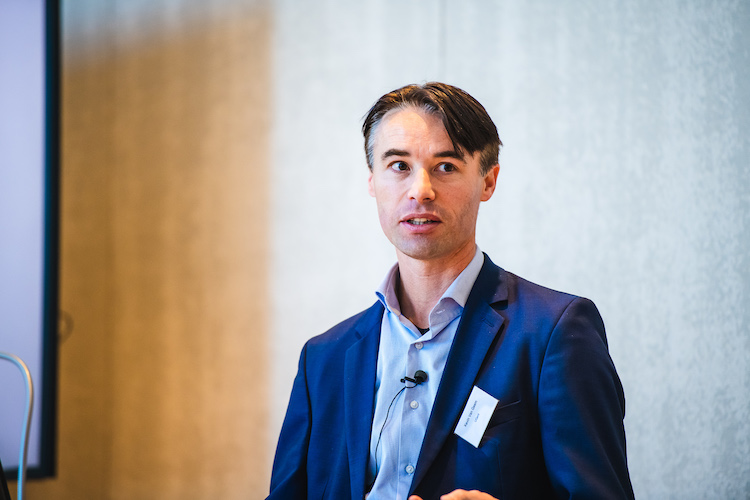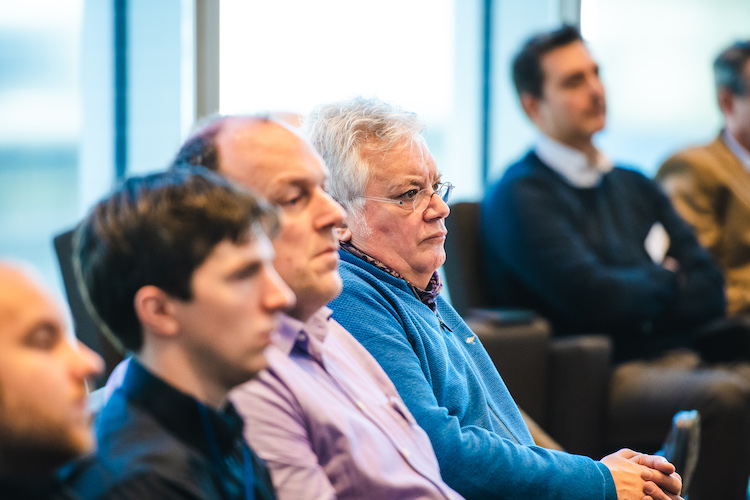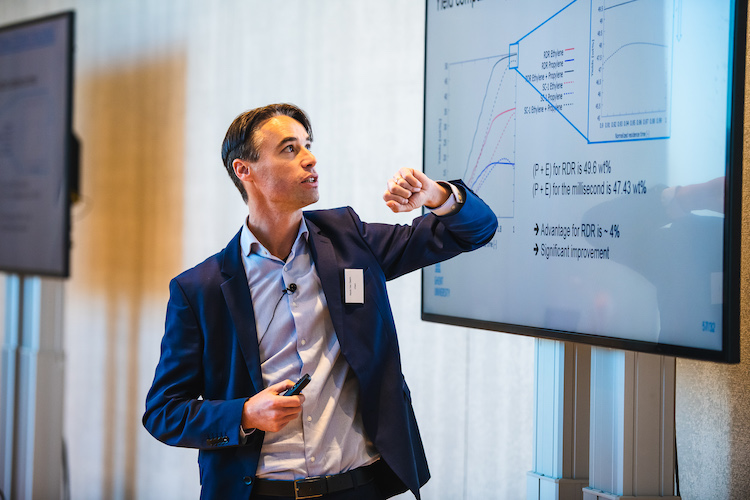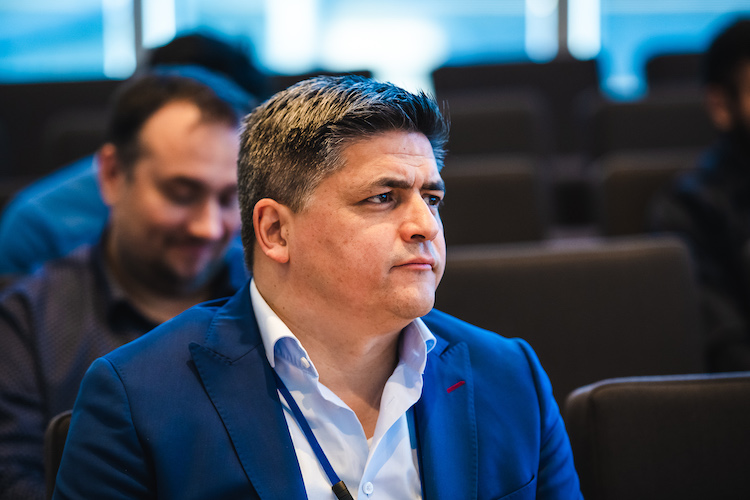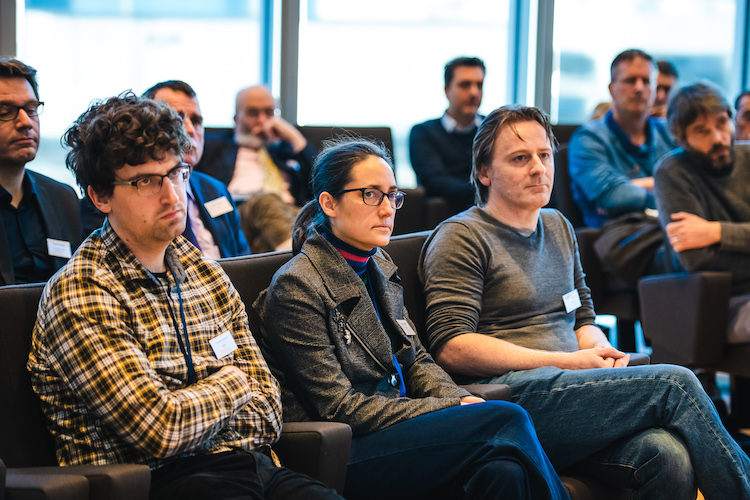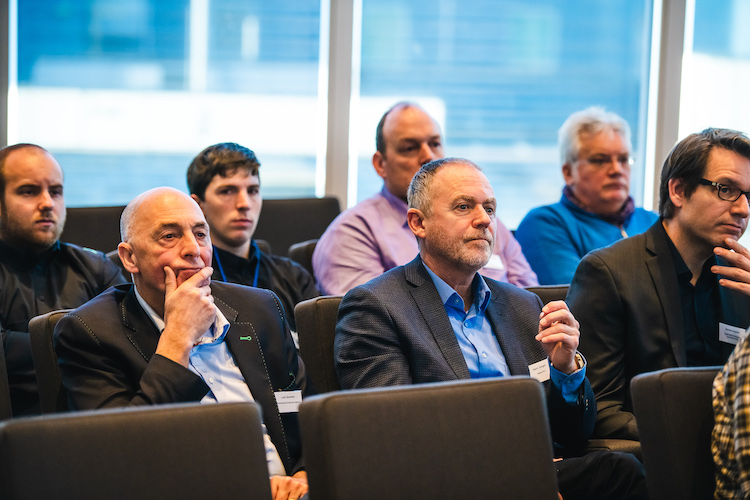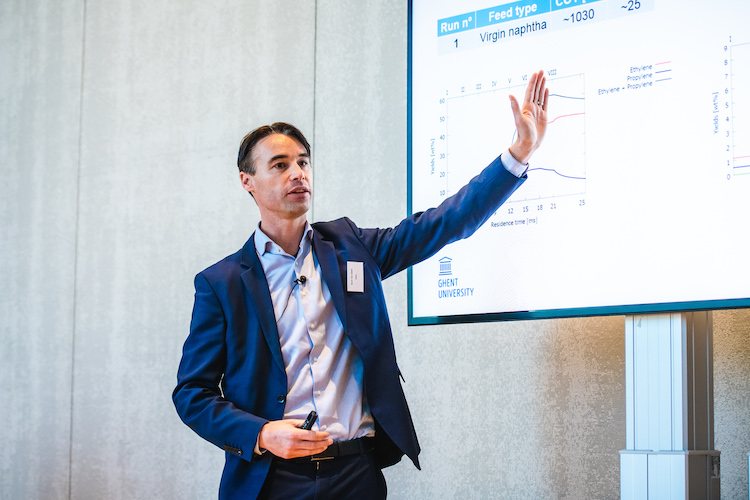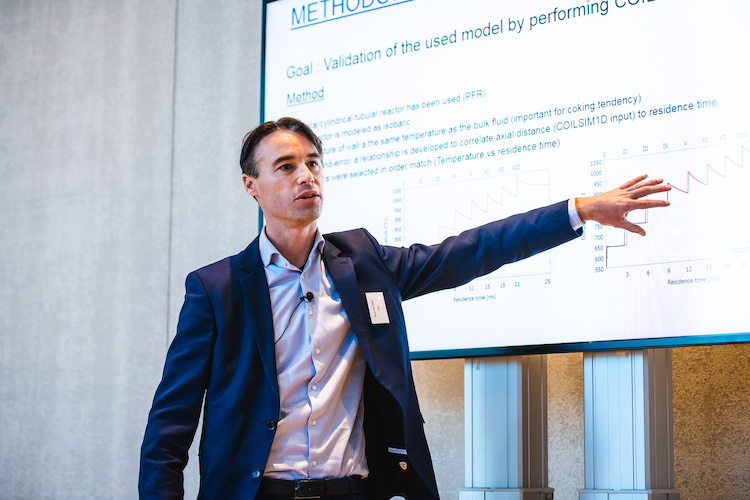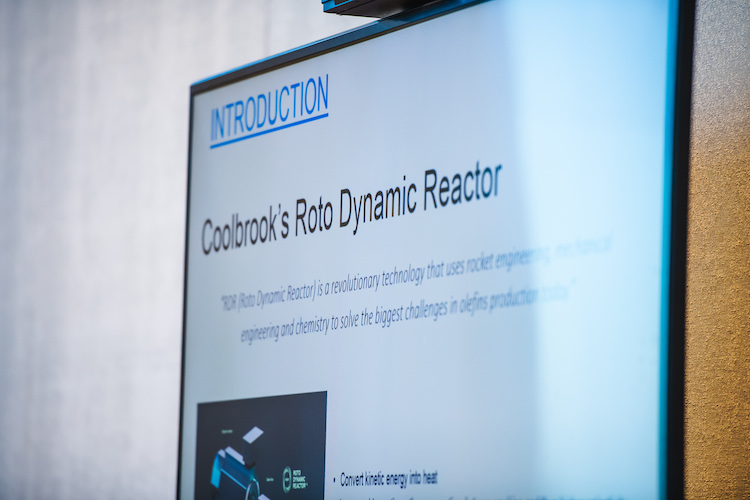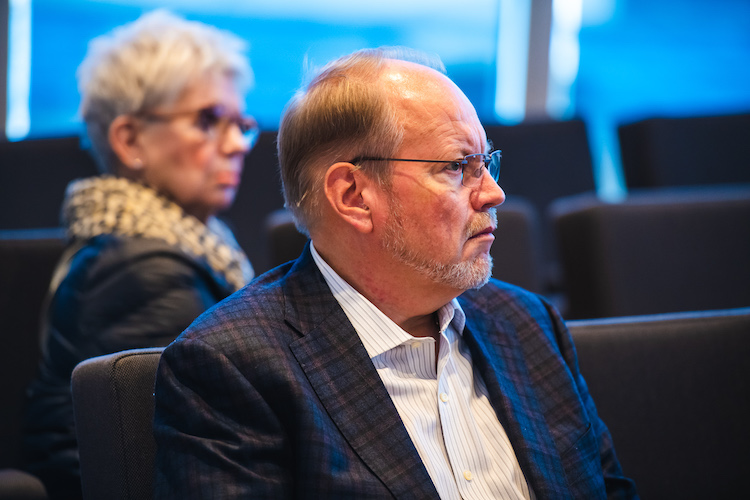Naphtha crackers use huge amounts of fossil energy, making them one of the largest industrial CO2 emitters. At Brightlands Chemelot Campus in Geleen, the Finnish company Coolbrook will be building and testing an electricity-driven test reactor that emits zero CO2, and that will be making the production process even more efficient. It could be the steppingstone to electrically powered crackers. ‘This would help us solve several major problems in one fell swoop.’
RDR-eReactor with groundbreaking Technology
Naphtha crackers convert crude oil and fossil gas into basic material for the production of plastics, an energy-consuming process because the so-called olefins require a temperature of at least 800 degrees Celsius (1470F) to transform into molecules that are used to create plastic bottles, packaging, dashboards, casings for printers and smartphones and thousands of other products.
Rotor technology
Naphtha producers are urgently looking for a method to heat the ‘furnaces’ with installations that run on electricity, but they are confronted with hitherto impregnable hurdles. However, the Finnish company Coolbrook believes it has found a solution: a so-called RDR-eReactor -a product of cross-industry collaboration – with a completely new rotor technology. ‘The naphtha is injected into the reactor’, explains Coolbrook CEO Harri Johannesdahl. ‘Inside the reactor, a rotor runs at a very high speed, heating the fluid extremely quickly. The temperature, pressure and speed parameters start the chemical process that creates the raw material for plastic. In principle, RDR does not require all that much energy, and you do not have to heat the entire installation to 1200 degrees as in traditional steam cracker but only the fluid itself.’
Savings
This also means that the reactor can be powered by an ‘ordinary’ electric motor. ‘Exactly,’ Harri Johannesdahl continues his story. ‘A motor that runs on, for example, sustainable solar or wind energy. The savings are huge, and production is more efficient. For example, you need twenty percent less naphtha for the same output. We have calculated that converting all European olefin crackers to electric propulsion will save around a quarter of the total gas consumption. It would also mean a reduction of 25 million tons of CO2 emissions on an annual basis. It is the solution to various issues. Significant CO2 reduction, the challenge of combating climate change, and the significantly decreased use of fossil fuels, the stocks of which are noticeably shrinking. ‘
Test reactor
We haven’t reached that point yet. At Brightlands Chemelot Campus in Geleen, Coolbrook is first building a test reactor that can ultimately utilize 500 kilos of raw materials per hour. These are still small quantities, compared to the commercial production. ‘But actually, this is quite a big offline installation. After years of research and engineering, we have recently done successful tests with an even smaller, 90 kg per hour reactor. We are confident that the RDR reactor will also operate on a larger scale and with this pilot we will prove that. It will be the basis for a reactor with big volumes. ‘On commercial stage, one RDR-reactor will distinctly exceed the capacity of an old steam cracker furnace.’
Brightlands
The Finnish company is investing twelve million euros in the test installation that will be built on the campus this spring. The first batches should be produced in May. ‘We chose Geleen because of the available knowledge, facilities and human resources. We were also drawn to the location by the connection with the various universities, and of course the presence of manufacturers and ethylene producers. This site has everything we need. The focus on sustainability and the development of new materials is also important to us. Coolbrook is looking for sustainable solutions for the chemical industry, and Brightlands fits the bill.’
Harri Johannesdahl recently presented his plans during a seminar at the Brightlands Chemelot Campus in Geleen. After the holidays, he and his wife will be moving to Southern Limburg, so he can supervise the construction of the RDR-eReactor and build co-operation with industrial partners. ‘We look forward to the future. Helsinki, our current home, is a wonderful city, but Southern Limburg and Maastricht have even more favorable conditions for the RDR-technology.’’
Urgency
Is it merely a matter of producing and converting installations? ‘It all depends on the producers, but yes, technically retrofitting will be very straight forward. We believe in fast adaptation as RDR technology will be profitable for the producers from day one and simultaneously offers them clear path for responsible production,’ Harri Johannesdahl states‘ ‘The matter is very urgent and that’s why Coolbrook is committed to build close collaboration with producers, governments and technology providers. We must reduce CO2 emissions and move away from fossil fuels. The RDR-eReactor is a significant step in that process.’

